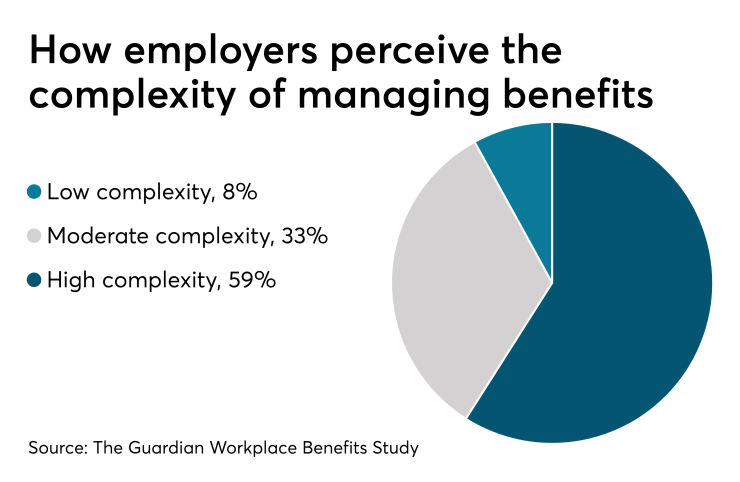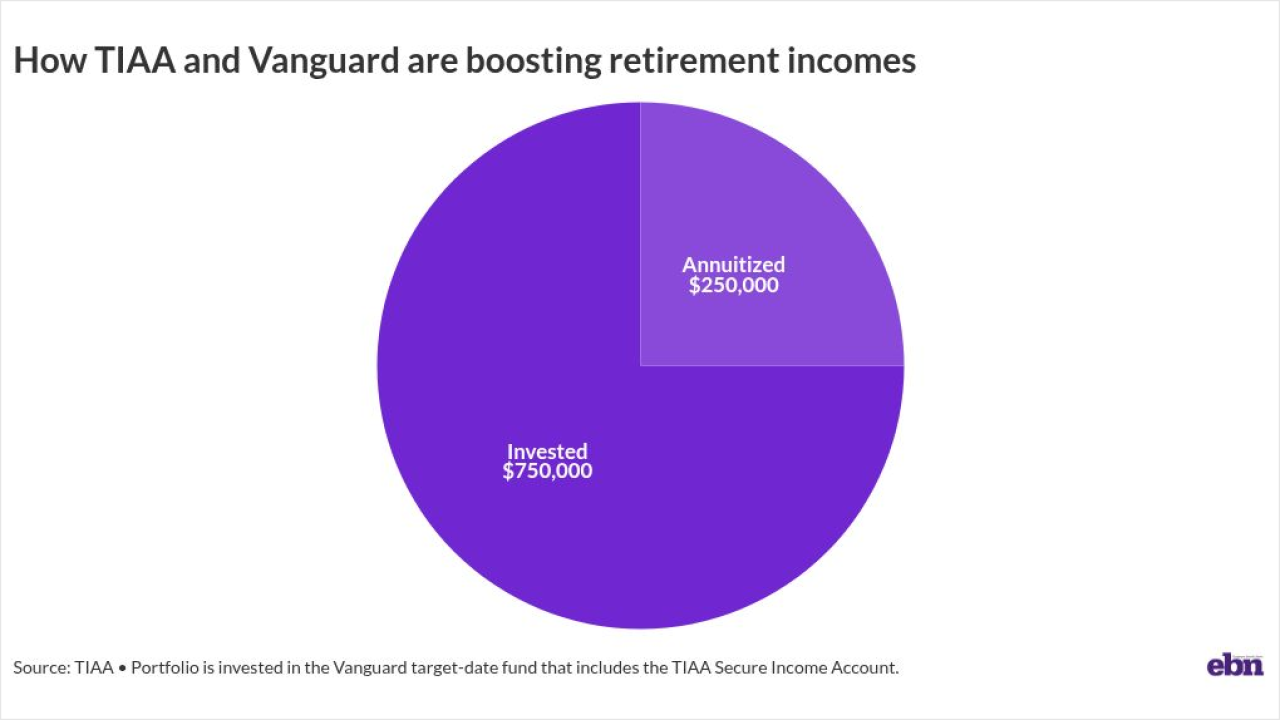Do you ever ask yourself: “Am I still using the right tools to do my job?” I vividly remember a time in my early HR career when it became abundantly clear that I was up the creek without a paddle because I did not have the right tools or processes in place to succeed. My role was narrowing down job applicants to the top 5% by reviewing all incoming resumes. Sounds easy enough, doesn’t it?
Now consider that online resumes did not exist yet and that a single job posting in a national newspaper frequently resulted in thousands of paper applications. The unemployment rate was high, and week after week my workspace transformed into a large storage facility, holding up to 5,000 paper resume folders for a single open position. Reviewing every single resume was out of the question. There weren’t enough hours in the week to even get through 20% of the resumes. What did we, and many other companies, do?
We colored coded the selection system and limited the review of resumes to those that arrived on Tuesday and Thursday in either red or green folders and discarded everything else. During lighter weeks with less incoming resumes, we added an additional folder color to our “sophisticated” preselection system. Have you ever heard something that crazy? Be aware, there is a parallel to today’s job market.
Today, HR must use new tools to win the war for talent. With fewer qualified candidates and an increasing number of available openings you might find yourself soon with no resumes in your electronic inbox if you don’t use the right tools to attract and retain talent. A recent study conducted by

I’m sure that you have heard by now that employees need more than just a paycheck. Surfaced by the entrance of Generation Z in the workplace a few years ago, and echoed by the vast majority of all other generations, is the desire to contribute to a worthy cause, play a meaningful role and drive toward self-actualization.
The dynamics of the workplace, workplace culture and the relationships to peers and managers shave become selection criteria for job seekers and the reason so many companies have invested in their journey to become a “Great Place to Work.” Websites like Glassdoor and LinkedIn are instrumental in creating transparency and allowing job seekers a glimpse into the organization either through anonymous reviews (Glassdoor) or by connecting with individuals employed at that company (LinkedIn).
While a multifaceted TA strategy is a must-have in today’s job market, an effective strategy needs a combination of short, medium and long-term objectives to jointly attract and retain qualified talent. Launching short-term branding campaigns to improve the image of the hiring organization without addressing any of the existing pain points within the organization might result in attracting more talent but at what price — higher first-year attrition? Relying solely on the long-term objective, such as winning a Great Place to Work award, is not the right answer either.
What can you do in the short-term to drive some quick and sustainable impact? With employee benefits, there is a direct correlation between how much employees know about the benefits package provided by their employer and how much they value their benefits. The more they know, the higher the perceived value.
Now let’s take that concept and apply it more broadly to the total rewards package that your company is offering. Does the same rule apply? You bet. If you don’t provide your employees and potential employees with a total reward summary, you are missing out on a short-term building block for your multi-faceted TA strategy.
Here is where the rubber meets the road: What should be included in your new and improved total rewards statement? Today’s workforce is not just looking at numeric values to determine the attractiveness of a job. Intangibles and soft values have risen in importance which would suggest including those in your Total Rewards Statement. To put it differently, the Total Rewards Statement from ten or even five years ago needs a complete makeover in order to address the changing values of the workforce. It’s time to expand your total rewards statement to read more like an employee value proposition that describes the different currencies that your employees can expect to receive. Now that is a tool that can make a difference in recruiting and retaining employees.
Here are a few items to start your brainstorming process on what you might want to include in your new and improved total rewards statement (obviously only if they apply to your organization):
· Flexible work hours
· Volunteer time
· Work from home options
· Discounted pet insurance
· Choice of IT equipment
· Tuition reimbursement
· Access to online learning options for personal interest
· Gym access
· Child care options
· Unlimited PTO
· Charitable giving matching
· Pet-friendly workplace
· Free snacks/food
· Employee organized affinity groups
· Sponsored company events
· Free onsite urgent care clinic
· Lunch with senior leaders
· Concierge services, expanded EAP
· Social hours
· Access to social network (Facebook at work / Chatter)
· Bi-directional performance rating system
· Mentorship programs
· Easy shift changes
· Scheduling tools to provide greater control over work-life balance
· Consumer-grade apps to get the job done
Some of these options don’t cost money to implement and could significantly increase your attractiveness factor in the talent acquisition process. Leveraging cloud-based HCM technology can quickly enable other options listed above.
For example, putting all the information that your employees need to make effective decisions or learn new information in easy reach is an expectation that companies need to meet. And don’t forget the many touch points that employees have related to administrational tasks like time sheets and work schedules. Providing the opportunity to swap shifts with just a few tabs on their phone through leveraging AI will show that you care about your employee’s work life balance and experience at work.
Regardless of what you currently have in place for your employees, none of it will make a difference in attracting and retaining employees if you don’t actively and effectively communicate your total rewards package to your employees and potential employees.





